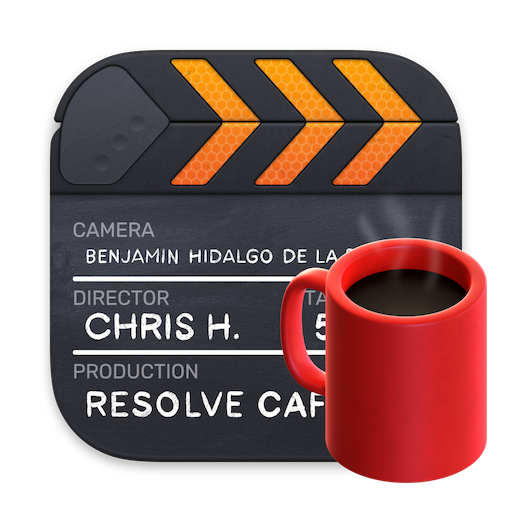#
History
DaVinci Resolve, renowned today for its prowess in color grading, visual effects, audio post-production, and video editing, was not always the versatile powerhouse we know. Its journey, from a specialized color correction tool to a comprehensive post-production solution, is a testament to continuous innovation and dedication to providing accessible, professional-grade tools for creators worldwide.
In the early 2000s, the Florida-based company da Vinci Systems developed the first iterations of what would become DaVinci Resolve. Known then simply as "da Vinci Resolve," these initial versions were resolution-independent software tools designed for color correction and visual effects. The system, launched in 2004, was initially available in three configurations: Resolve DI for digital intermediate color correction, Resolve FX for visual effects, and Resolve RT for 2K resolution processing. These versions were designed to integrate exclusively with dedicated hardware controllers. Parallel processing was used to support performance during color grading, a task initially carried out using proprietary hardware cards. By 2008, these cards were replaced by CUDA-based NVIDIA GPUs in the 4K resolution Resolve R series1.
In 2009, the Australian technology company Blackmagic Design acquired da Vinci Systems, retaining and expanding the engineering team for Resolve while discontinuing support-based contracts for the tool. Blackmagic Design's CEO, Grant Petty, speculated that the price of Resolve could be significantly reduced, potentially below $100,000. This marked a significant turn in the software's journey, ushering in an era of more accessible pricing and wider distribution.
Blackmagic Design dramatically reshaped Resolve's pricing model in 2010. At the NAB 2010 show in Las Vegas, they announced three new pricing models for Resolve. A software-only macOS version was introduced at $995, a drastic reduction from the pre-built versions that were selling for between $200,000 and $800,000. The macOS version with an Advanced Control Surface was priced at $29,995, and licenses for the Linux version were set at $19,995. The most advanced configuration was available for under $150,000. This change in pricing marked the beginning of Resolve's democratization, making it accessible to a broader range of users. In September of the same year, version 7 was released under the new pricing model, introducing a redesigned user interface, Apple ProRes support, and support for RED Rocket digital video decoder boards. This was also the first release for macOS.
Blackmagic Design continued to evolve the software, introducing a free, reduced-functionality edition known as DaVinci Resolve 8 Lite in June 2011. This version also introduced OpenCL acceleration support and XML integration with non-linear editor (NLE) applications. Later that year, the software expanded its platform availability with the first Windows release.
In the years that followed, DaVinci Resolve continued to enhance and expand its capabilities. Version 9 brought a redesigned user interface, additional metadata editing options, and an expanded range of supported cameras and file types. Version 10 added basic video editing features such as clip trimming, along with expanded information import capabilities and support for OpenFX plug-ins, JPEG 2000, and AVI. In August 2014, version 11 was released, introducing audio mixing, media organization features, and further video editing features. This update allowed DaVinci Resolve to function as a standalone non-linear editor for the first time, furthering its capabilities beyond color correction.
Want to contribute? Learn more here!
